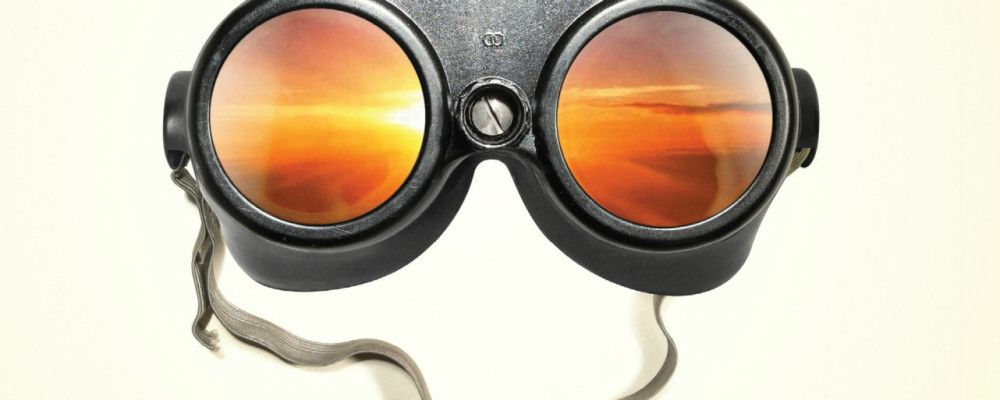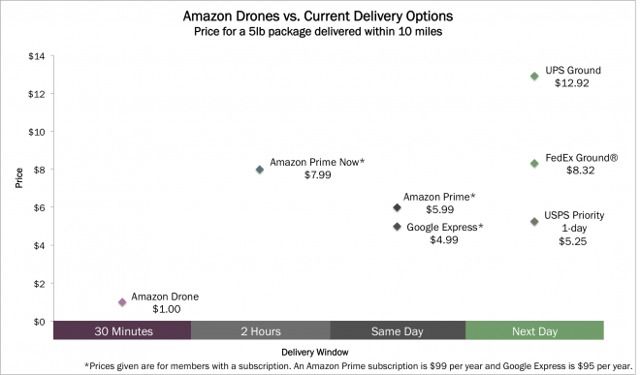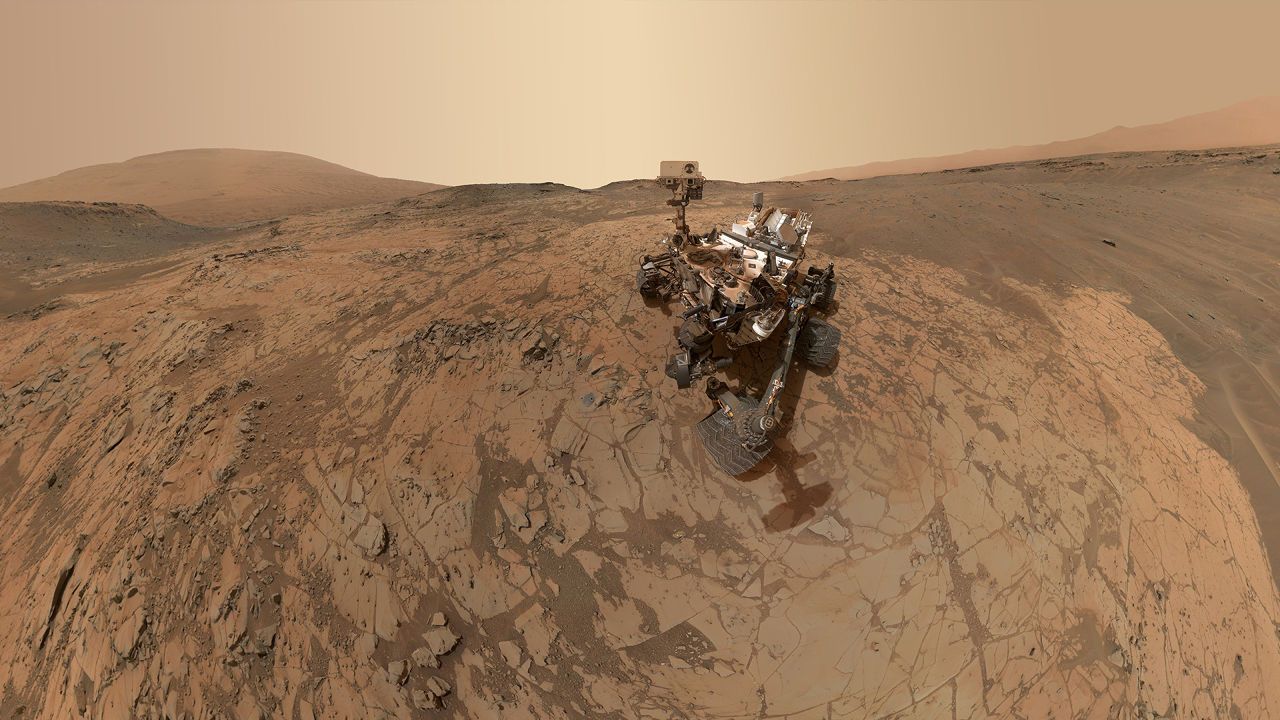Page 11860
Apr 24, 2015
CERN-Critics: LHC restart is a sad day for science and humanity!
Posted by LHC Kritik in categories: astronomy, big data, complex systems, computing, cosmology, energy, engineering, ethics, existential risks, futurism, general relativity, governance, government, gravity, hardware, information science, innovation, internet, journalism, law, life extension, media & arts, military, nuclear energy, nuclear weapons, particle physics, philosophy, physics, policy, quantum physics, science, security, singularity, space, space travel, supercomputing, sustainability, time travel, transhumanism, transparency, treaties
Continue reading “CERN-Critics: LHC restart is a sad day for science and humanity!” »
Apr 24, 2015
A Tool That Lets Designers Tweak iPhone Apps Without Code
Posted by Seb in categories: hacking, innovation, software
Kyle VanHemert — Wired Jaanus Kase isn’t sure we should teach every kid to code.
Jaanus Kase isn’t sure we should teach every kid to code.
Wait, don’t grab your pitchfork just yet. He thinks it’s a perfectly noble idea, just that it ignores a basic fact: Programming as it exists today is tedious and a highly specialized skill—one that, frankly, not everyone is well-suited to. “Saying that everybody is a programmer, everybody must code, it’s dangerous,” he says. “It trivializes the art of programming. And it is an art—a craft.”
Rather than teach everyone to code, maybe it makes more sense to build tools that let some people side-step programming altogether? Read more
Apr 23, 2015
Tomorrowland: Our Journey From Science Fiction To Science Fact
Posted by Seb in category: futurism
By Steven Kotler — SingularityHub
For the past 25 years, my beat as a journalist has been covering those moments in time when science fiction became science fact. As a result, and on a good number of occasions—like when the first artificial vision implant was turned on or when the first private spaceship was launched—I was lucky enough to be in the room when history happened.
These moments are also the subject of my next book: Tomorrowland: Our Journey From Science Fiction to Science Fact, which hits stores in early May. As the title suggests, this book is an investigation into those transformational sci-fi to sci-fact moments and—more specifically—the incredibly disruptive impact they have on culture. Read more
Apr 23, 2015
Major advance in artificial photosynthesis poses win/win for the environment
Posted by Seb in category: environmental
Lawrence Berkeley National Laboratory
A potentially game-changing breakthrough in artificial photosynthesis has been achieved with the development of a system that can capture carbon dioxide emissions before they are vented into the atmosphere and then, powered by solar energy, convert that carbon dioxide into valuable chemical products, including biodegradable plastics, pharmaceutical drugs and even liquid fuels.
Scientists with the U.S. Department of Energy (DOE)‘s Lawrence Berkeley National Laboratory (Berkeley Lab) and the University of California (UC) Berkeley have created a hybrid system of semiconducting nanowires and bacteria that mimics the natural photosynthetic process by which plants use the energy in sunlight to synthesize carbohydrates from carbon dioxide and water. However, this new artificial photosynthetic system synthesizes the combination of carbon dioxide and water into acetate, the most common building block today for biosynthesis.
“We believe our system is a revolutionary leap forward in the field of artificial photosynthesis,” says Peidong Yang, a chemist with Berkeley Lab’s Materials Sciences Division and one of the leaders of this study. “Our system has the potential to fundamentally change the chemical and oil industry in that we can produce chemicals and fuels in a totally renewable way, rather than extracting them from deep below the ground. Read more
Apr 22, 2015
Amazon Drones Could Deliver A Package In Under 30 Minutes For $1
Posted by Seb in category: drones
By Tasha Keeney, Analyst: Industrial Innovation — Seeking Alpha
In December of last year, Amazon (NASDAQ:AMZN) announced Prime Air, the company’s plan to deliver future packages by drone (“UAV”). While the media and others mocked this announcement, UAV delivery is likely to disrupt traditional package delivery significantly. If the FAA gives Amazon clearance for commercial rollout of its drone delivery service, the price that a consumer would pay for the delivery of a five-pound package could be as low as $1.1 Just as impressive, delivery times could drop below thirty minutes. As shown below, FedEx Corp. (NYSE:FDX) and United Parcel Service (NYSE:UPS) cost 8–13 times more for much longer delivery times for a small package.2 Read more
Read more
Apr 22, 2015
NASA Chief Says Mars One Does Not Stand A Chance Without NASA
Posted by Seb in category: space travel
By David Lumb — Fast Company
Mars One, the Netherlands-based nonprofit that wants to send human colonists to Mars using private-industry rockets, has been widely criticized for its unrealistic goals and timeline. This week, in a U.S. House Committee hearing for NASA’s 2016 budget, NASA chief administrator Charles Bolden told the committee that “No commercial company without the support of NASA and government is going to get to Mars,” reports Engadget. Bolden’s statement, while not a direct reference to Mars One, certainly seems to support the skepticism surrounding the project. Read more
Apr 21, 2015
The 4 Steps That Transform Physics Theories Into Groundbreaking New Technologies
Posted by Seb in categories: engineering, innovation
By Mark Jackson — SingularityHub
Ever wondered how the technology we use every day came into existence? Sure, an engineer designed it, a manufacturer produced it, and some savvy marketing helped sell you the product, but where did the ideas come from? Many famous inventions and household name technologies originated from research done by physicists, either as byproducts or direct application of their ideas. How does it all happen?
“So as a physicist, what do you actually do?”
Many people outside of academic physics departments often have this question, due to a lack of communication between general public and researchers. Read more
Apr 21, 2015
Noether’s Theorem + Equivalence Principle = c-global (part IV, coda)
Posted by Otto E. Rössler in categories: existential risks, particle physics
The retrieved global constancy of c in the equivalence principle implies that the vertical distance to the surface of the neutron star has increased compared to the traditional view: the indentation into the “cloth” of spacetime has become deeper.
The stronger the gravitational acceleration, the deeper the trough. The new globally constant-c result due to Noether implies that the spatial distance right down to the “horizon” (surface) of a black hole has become infinite. This novel spatial distance valid from the outside corresponds with the well-known infinite temporal distance valid from the outside for light sent down to, or coming up from, the horizon (Oppenheimer and Snyder, 1939).
So black holes are never finished in finite outer time. But I hear you ask: Is it not quite well known that one can fall-in onto a large black hole in finite astronaut time? Yes, this is correct.
How come? This is the last Noetherian point: The on-board clocks of the astronaut are infinitely slowed. Also our rotating wheel comes to a virtual standstill of its rotation on the horizon (the tangential velocity of the wheel staying invariant in reality while the wheel’s diameter invisibly approaches infinity).
Continue reading “Noether’s Theorem + Equivalence Principle = c-global (part IV, coda)” »
Apr 21, 2015
Noether’s Theorem + Equivalence Principle = c-global (part III)
Posted by Otto E. Rössler in categories: existential risks, particle physics
To see what happens, let your Noether wheel rotate about a horizontal axis (that is, rotate vertically). Then the doubled radius will still be optically masked in the horizontal direction, but not so in the vertical direction. Hence you get a 2:1 vertical ellipse.
The optical contraction in the horizontal directions, found to be valid downstairs using the Noether wheel, implies that light will be seen to “creep” downstairs at halved speed when watched from above. This is what Einstein already found in 1907. So everything is fine.
But: does light really creep down there? The answer is no. For the distance travelled is doubled compared to above.








